


Imazethapyr is a selective, systemic herbicide belonging to the imidazolinone chemical family. It is widely used in agriculture to control a broad spectrum of grasses and broadleaf weeds in various crops, including soybeans, peanuts, and alfalfa. Imazethapyr works by inhibiting the acetohydroxyacid synthase (AHAS) enzyme, essential for the synthesis of branched-chain amino acids in plants, leading to their growth cessation and eventual death.


Imazethapyr is a selective, systemic herbicide belonging to the imidazolinone chemical family. It is widely used in agriculture to control a broad spectrum of grasses and broadleaf weeds in various crops, including soybeans, peanuts, and alfalfa. Imazethapyr works by inhibiting the acetohydroxyacid synthase (AHAS) enzyme, essential for the synthesis of branched-chain amino acids in plants, leading to their growth cessation and eventual death.

.3d8f8f41.svg)
Agrochemicals
.3556d45a.svg)

Crop Protection & Pest Control


Herbicides
Included in Quote
Included in Quote
Included in Quote
Included in Quote
.7767eb0f.png)

Chemical Properties & Specifications
Used as a pre- and post-emergence herbicide to control annual and perennial grasses and broadleaf weeds in crops like soybeans, peanuts, and alfalfa.
Applied in leguminous vegetable cultivation to manage unwanted vegetation
Employed for vegetation control in non-crop areas such as rights-of-way and industrial sites.
Imazethapyr is primarily used as a selective herbicide to control annual and perennial grasses and broadleaf weeds in crops such as soybeans, peanuts, and alfalfa.
Imazethapyr works by inhibiting the enzyme acetohydroxyacid synthase (AHAS), essential for the synthesis of branched-chain amino acids in plants, leading to plant growth inhibition and death.
It controls a wide range of weeds, including pigweed, ragweed, foxtail, barnyardgrass, and wild mustard.
Yes, it can be used in crop rotation systems and provides residual control of weeds, reducing the need for additional applications in subsequent seasons.
Yes, when used according to guidelines, it poses minimal risk to non-target organisms, but precautions should be taken to prevent runoff into water bodies.
Imazethapyr should be applied as a pre- or post-emergence treatment using standard spraying equipment, following the recommended dosage for specific crops and weed species.
Users should wear protective clothing, gloves, and eye protection. Avoid inhalation of spray mist and ensure proper ventilation during application.
Yes, Imazethapyr complies with international safety standards, including REACH, EPA regulations, and ISO-certified manufacturing processes.
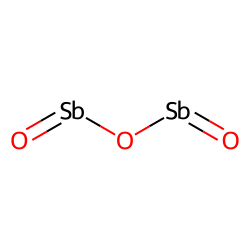
CAS No. : 1309-64-4
Category : Inorganic compound
Sub-Category : Flame retardants
Description: Antimony trioxide (Sb2O3) is an inorganic compound commonly used as a flame retardant and as a catal...
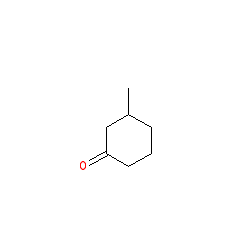
CAS No. : 36306-87-3
Category : Fragrance Ingredients
Sub-Category : Aroma Chemicals
Description: Kephalis is widley used in many industries. It plays a key role in the production of resins, coating...
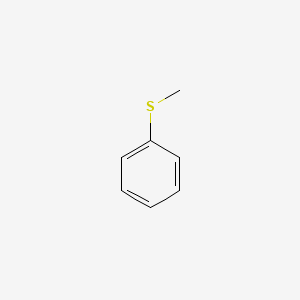
CAS No. : 100-68-5
Category : Pharmaceutical Actives & Precursors
Sub-Category : Intermediates & Precursors
Description: Thioanisole is a colorless to light yellow liquid with an aromatic odor. It serves as a valuable int...
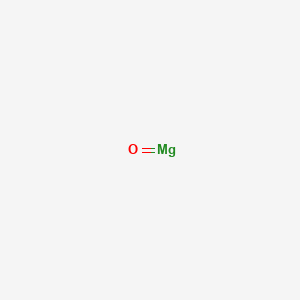
CAS No. : 1309-48-4
Category : Inorganic compound
Sub-Category : Magnesium compounds
Description: Magnesium oxide, commonly known as magnesia, is a white hygroscopic solid mineral that occurs natura...
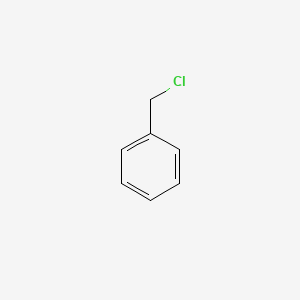
CAS No. : 100-44-7
Category : Organic Intermediate
Sub-Category : Reagents
Description: Benzyl Chloride is a colorless to pale yellow liquid with a pungent odor. It is primarily used as an...